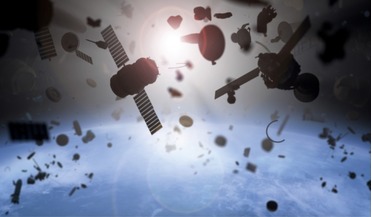 April 2019
Cleaning up space
April 2019
Cleaning up space
... regulations, policy and standards. Both national governments and international organisations have recognised the risks posed by space debris and are considering solutions. Japan, the UK, ESA, European Union (EU) and the United States are considering...
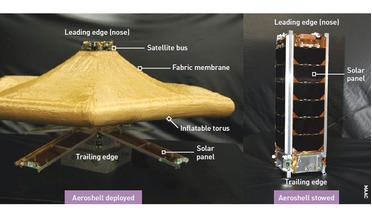 February 2020
Aeroshells – from LEO to Mars
February 2020
Aeroshells – from LEO to Mars
... of new small satellites to the 1000 or so active satellites already in low Earth orbit make the sustainable management of space debris more important than ever. In an attempt to address this, the MAAC research and development group, a Japan-based...
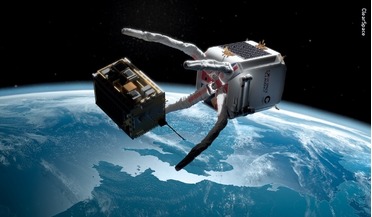 January 2023
Clearing space junk from orbit
January 2023
Clearing space junk from orbit
...’s Chief Executive, “by catalysing investment, backing innovative new technologies and supporting a national mission to remove space debris, we can keep space open for future generations and protect the important satellite services that modern life...
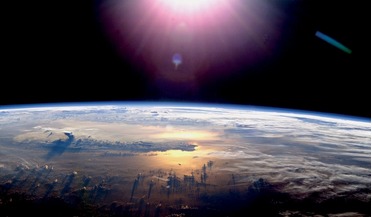 October 2017
Saving geostationary orbit
October 2017
Saving geostationary orbit
... placed in GEO. In the future, such monitoring missions may help to provide warning of extreme space weather events generated by the Sun. Debris problem Fifty years of GEO operations has resulted in the presence of multiple defunct satellites and...
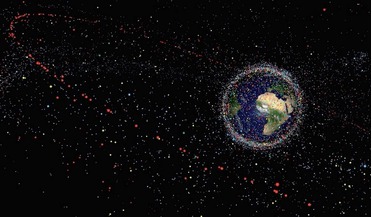 July 2014
Beware the situation: how JSpOC tracks space debris
July 2014
Beware the situation: how JSpOC tracks space debris
... in orbit in 1957, thousands of spacecraft, their associated transportation systems (spent rocket stages) and other related debris have entered the space domain. While many of these objects have either transited out of Earth orbit or re-entered Earth...
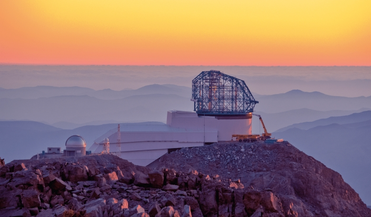 April 2020
Satellite mega-constellations pose threat to ground-based astronomy
April 2020
Satellite mega-constellations pose threat to ground-based astronomy
... Earth, only 2300 of which are functioning satellites. The remainder constitute the population normally known as space debris or space junk, a swarm of objects comprising anything from abandoned satellites and rocket upper stages to fragments from...